If you want to know what dangers are associated with soy lecithin intake and what are the good things that come from this product, read the following lines. Soybeans need to be processed in a particular way so that we can produce soy lecithin. In this process, soybeans are treated with heat and afterward put in a special environment, where adequate temperature and moisture are obtained for seven days or more. Under these conditions, soybeans will get hydrated and their hull will be easily removed. After this, oil is pressed out of the beans and this is the moment when we get soy lecithin as a secondary product.
Information on Soy Lecithin
This substance is present in its natural form in been, eggs, peanuts, and others. However, when gained from these items, there are no dangers from soy lecithin. We can also take soy lecithin as a supplement or in preparing food. Some studies showed soy lecithin is beneficial for us. It can help us reduce increased cholesterol and triglyceride levels.
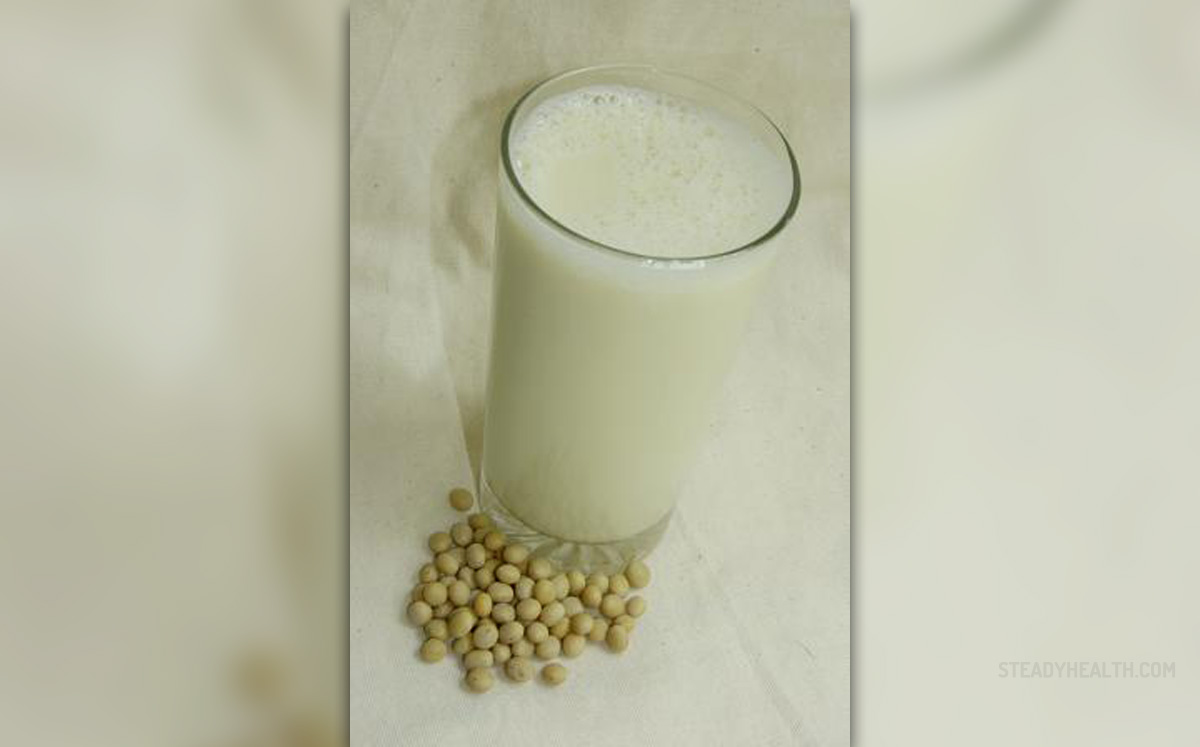
Some other studies showed that this substance could be dangerous if taken in high amounts, especially for those who have problems with low immunity. Soy lecithin is taken by many people today as a supplement, but most are unaware of the dangers that it can bring.
Dangers associated with soy lecithin intake
Soy lecithin is usually added to different types of food but in minimal amounts. When taken in food, the chances that side effects will appear are very small. On the other hand, these chances are significantly increased if we take soy lecithin supplements.
Individuals who continuously use more than 3.5g of this supplement are at greater risk of developing unwanted effects. These individuals usually complain of digestive tract problems, but they also have other health issues, such as vertigo due to low blood pressure, watery bowel movements and pain in the abdomen, sickness, halitosis, and allergy. Allergic reactions can sometimes be so severe that they can lead to death.
- This randomized, double-blind, placebo-controlled study included 96 women aged 40 to 60 years who complained of fatigue. The participants were randomized to receive active tablets containing high-dose (1200 mg/day; n?=?32) or low-dose (600 mg/day; n?=?32) soy lecithin, or placebo (n?=?32), for 8 weeks.
- The following parameters were evaluated: age, menopausal status, lifestyle factors, physical and psychological symptoms of menopause, subjective symptoms of insomnia and fatigue, body composition, cardiovascular parameters, and physical activities and objective sleep states obtained from actigraphy before and 4 and 8 weeks after treatment. Fatigue was evaluated using the Profile of Mood States (POMS)-brief, Menopausal Health-Related Quality of Life questionnaire, Chalder Fatigue Scale, and Brief Fatigue Inventory.
- Eighty-nine women completed the study. There were no significant differences in the changes in Chalder Fatigue Scale score (placebo vs low-dose vs high-dose groups: ?2.9?±?1.1, ?3.2?±?1.1, and ?3.5?±?1.0; P?=?0.79). On the other hand, the improvements were greater in the high-dose group compared with the placebo group concerning vigor scores in the POMS-brief (1.9?±?0.7 vs 0.2?±?0.6; P?=?0.02), diastolic blood pressure (?4.1?±?1.8 vs 1.2?±?1.9; P?=?0.05), and cardio-ankle vascular index (?0.4?±?0.2 vs 0.07?±?0.1; P?=?0.03) after 8 weeks of treatment.
Soy Allergy
You can recognize soy allergy by various symptoms. They can include swellings on different parts of the body, usually on the face, lips, or throat. It can also be recognized by a specific rash or problems with breathing.
These side effects will occur only if you take this supplement in excessive amounts. If you have not used this supplement before and don't know if you will develop some unwanted effects, it would be best to take lower amounts of it.






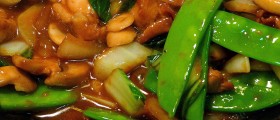



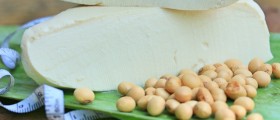

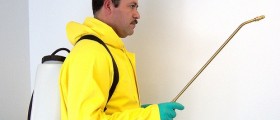


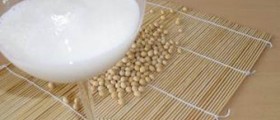
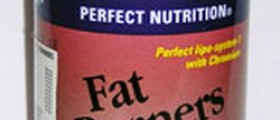
Your thoughts on this
Loading...